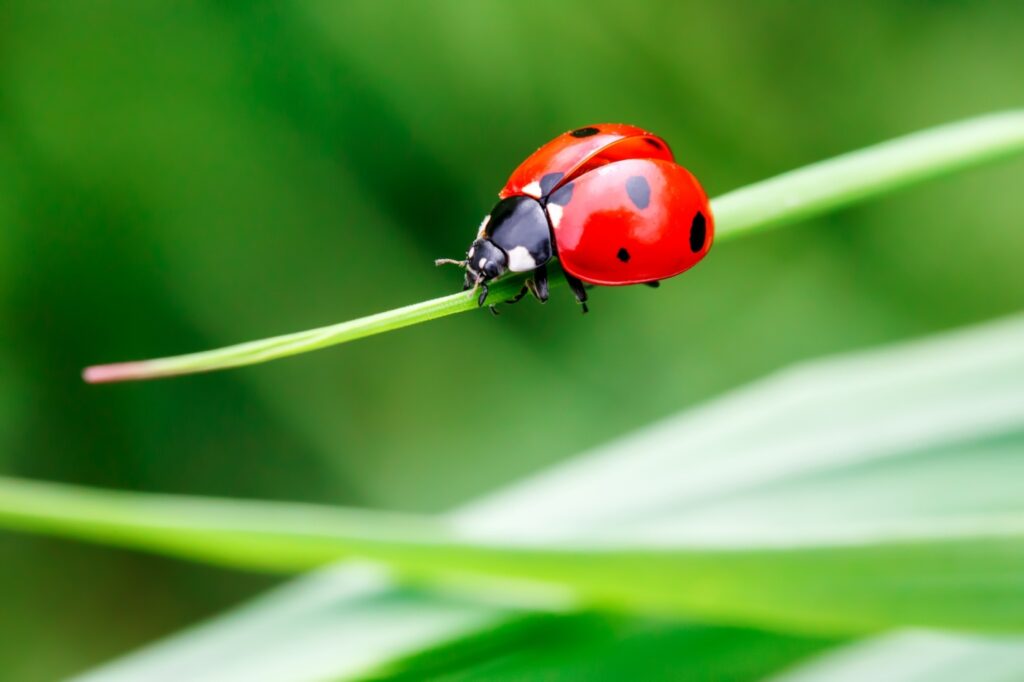
1. To germinate lupine (Lupinus spp.) seeds, chip off a piece of the seed coat with a serrated knife or nail clippers. Don’t be concerned by the embryo inside losing a significant segment of itself. Lay seeds between wet paper towels and seal them in a plastic bag. Place the plastic bag in the refrigerator and the seeds will sprout within two weeks. From there, you can place the seeds in soil blocks, peat pots, or small containers, increasing container size as the plants develop. By the time fall arrives, seedlings should be sufficiently robust for planting out in the garden.
2. If you planted bulbs that produced lots of leaves but no flowers, there could be several reasons for this. One is late planting. It is best to plant bulbs in the fall so they can develop a strong root system before bloom time arrives. The second is that the bulbs may be small, meaning that their resources are limited and insufficient to produce flowers. They may also be sun lovers that grew in too much shade, and therefore need to be relocated in the fall. However, just because you saw no flowers this year does not mean you won’t see some next year. Be patient as your bulbs store food made in this year’s leaves for next year’s flowers. Only make sure you allow leaves to turn completely brown — indicating that all their photosynthate has made its way down to the bulb — before removing them.
3. Releasing beneficial insects into the garden is not necessarily a beneficial practice. Lady beetles (popularly known as ladybugs), for example, are migratory and – collected in a dormant state – their instinct is to fly away before feeding and laying eggs. The praying mantid or mantis is another popular insect released in order to munch on insect pests. The problem with mantids is they are commonly purchased in egg cases and if they are not immediately released upon hatching, the nymphs will cannibalize each other. Another problem is that mantids are omnivorous and may devour beneficial insects along with pests. A better strategy for control of insect pests is to encourage insect predators of all kinds to come into the garden by planting a wide variety of flowering plants so that a diversity of flowers are always in bloom. Put out shallow bowls of water to give the predators something to drink and make sure there are some ornamental grasses around for nesting purposes.
4. Some tips to prevent diseases and pests on roses come from Tom Carruth, rose garden curator at the Huntington Gardens in San Marino. He suggests watering early in the morning to knock off the spores of powdery mildew before they can take hold. Although powdery mildew can grow in morning dew that settles on leaves, these spores will not survive when completely saturated. Rust is best controlled with a copper or zinc spray applied during dormancy when leaves are absent. Spider mites that form on leaf undersides will be drowned by sprinklers that spray up from below and flood them out. You can find these tips in “52 Weeks in the California Garden” by Robert Smaus.
5. Be careful when spraying succulents with liquid fertilizers or pesticides. On succulents grown indoors, foliage should be kept dry in any case since wet leaves can lead to fungus problems. As for liquid fertilizers that are absorbed through leaves, dilute them by half the recommended dosage if you plan to do a foliar feed of your succulents, whether growing indoors or outside. Labels of pesticides applied foliarly do not generally include succulents as plants that are recommended for treatment. If you do choose to use such a pesticide, spray it on a few leaves of your succulent to see what happens before spraying the entire plant.
Your questions, comments, and photos pertaining to any plant or gardening subject are always welcome. Please send an email to [email protected].
Related Articles
Tips for growing herbs (you don’t even need a garden)
7 drought-tolerant trees for Southern California gardens and landscaping
Something’s eating your garden seedlings? Here are the usual suspects
Watering your container gardens and more to do this week
Potato 101: What you need to know about planting garden tubers
